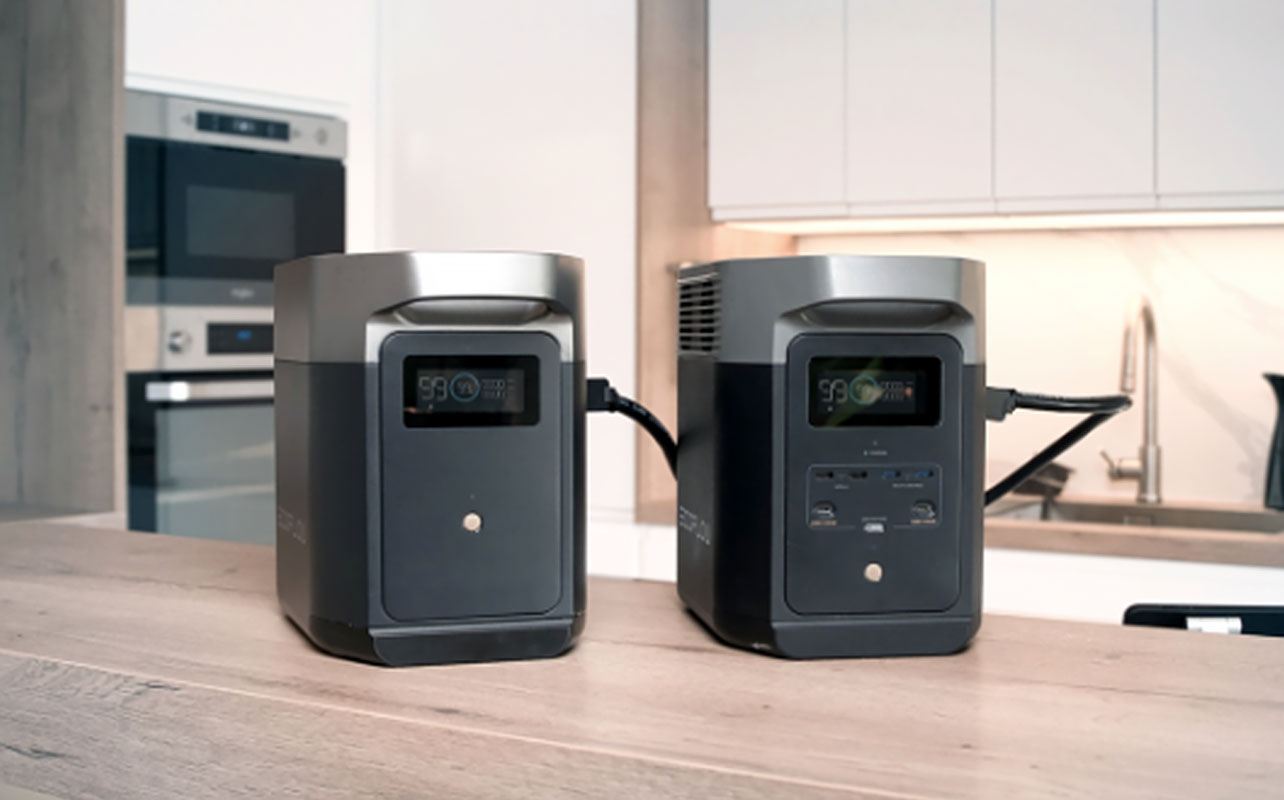
Picture this: you’re in the middle of watching your favourite show or maybe cooking dinner when suddenly everything goes dark—the power’s out again. No more next episode, no finishing your meal prep. Looks like takeout is on the menu. If you’ve ever wished you had a reliable solution for moments like this, you’re not alone. In Canada, storms, high winds, and harsh winters can disrupt power more often than we’d like. Having a battery backup for home power outage isn’t just smart, it’s peace of mind.
A home battery backup system can keep your essential appliances running and your home comfortable during power outages. This guide covers everything you need to know about home battery backup and ensure you have uninterrupted power.
What is a home battery backup system?
What does battery backup mean? At its core, it’s a system that stores electricity so it can be used when your main power source goes down. Think of it as a giant rechargeable battery that jumps into action when you need it most. So when a power outage hits, this system keeps your lights on, your fridge cold, and your Wi-Fi alive.
A home battery backup system typically consists of three main parts. The battery stores electricity for use when the power goes out, while the inverter transforms that stored electricity into the kind your home appliances can use. The transfer switch, on the other hand, shifts your home from grid power to battery power during an outage, either automatically or with manual control. When a blackout hits, this setup ensures your lights stay on, your fridge keeps running, and your internet doesn’t cut out.

Learn more about portable power stations.
Whether you’re prepping for outages or planning your next outdoor adventure, this portable power station guide breaks down all you need to know.
How does a home battery backup work?
Let’s keep this simple. Here’s what’s going on behind the scenes:
- Powering up: Depending on your setup, you can configure your system and prioritize essential appliances like fridges, sump pumps, medical equipment, and lights. For instance, you can designate specific circuits in your electrical panel as “critical loads.” The system will then route backup power to those circuits during an outage. If the battery is sized appropriately, these essential appliances can run for several hours or even longer.
- Charging: Your battery charges when your house has normal power. This can happen via the grid (the standard electricity you already use) or, if you’ve got them, solar panels.
- Monitoring: The system constantly watches the power supply using built-in sensors and software, which monitor voltage levels and the presence of current from the grid. If the grid supply stops or drops below a set threshold, the system detects the change immediately and activates the battery to prevent any disruption.
- Switching: The transfer switch kicks in, and your home starts running on the stored battery power—automatically.
Benefits of home battery backup systems
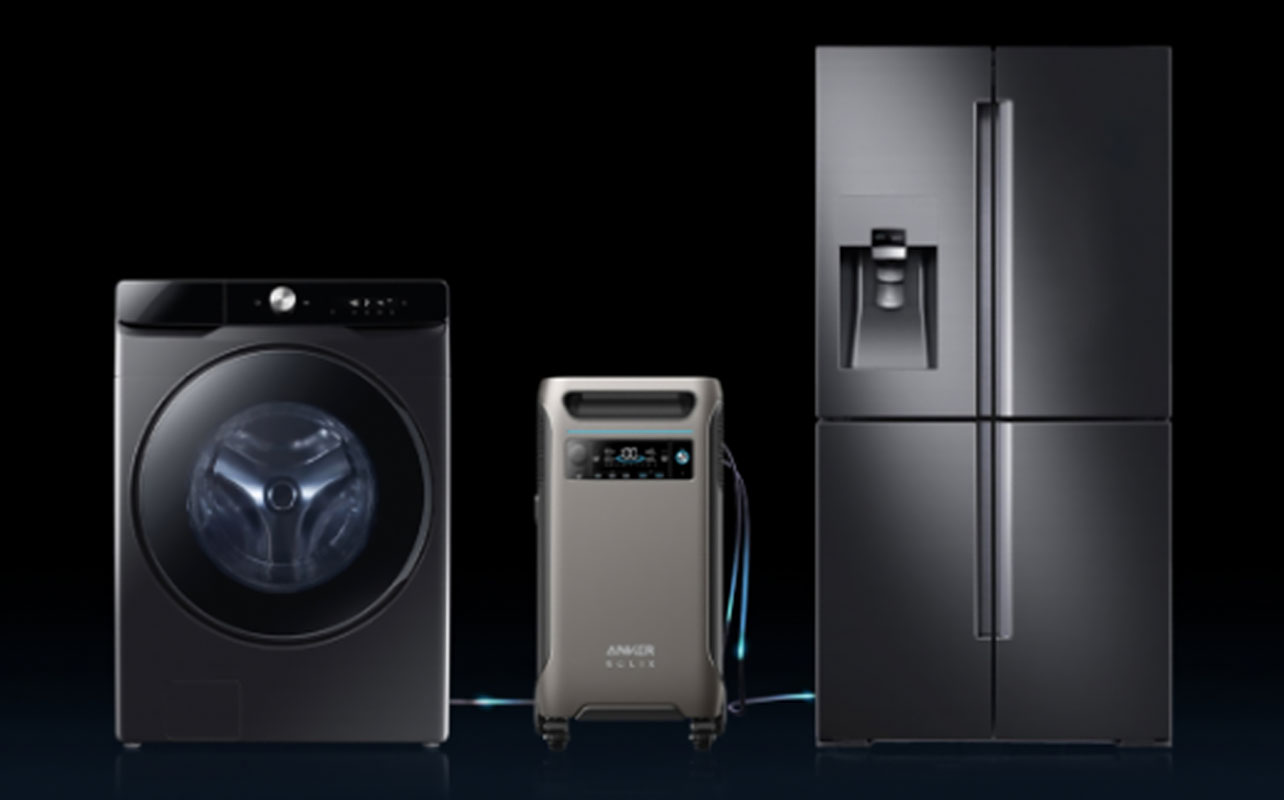
Investing in a home battery backup isn’t just a smart move—it’s a game-changer. Here’s why it pays off:
Reliable power during outages
Whether it’s a short brownout or a multi-day blackout, your battery backup for home power outage keeps the essentials going. That means no scrambling for candles, no spoiled groceries, and no freezing during a cold snap.
Less reliance on the grid
If you’ve noticed more flickers or outages lately, you’re not imagining it. Power grids face increasing strain due to extreme weather events (like ice storms, heatwaves, and heavy snow), aging infrastructure, and higher electricity demand from modern lifestyles. In rural areas, power lines are more exposed to natural elements, and in urban zones, increased load from electric heating or air conditioning can lead to brownouts. That’s how grid reliability starts slipping.
Potential savings on energy bills
This benefit depends on your system and utility plan. In some provinces with time-of-use electricity pricing, a smart home battery can charge when rates are lower (like overnight) and discharge when rates peak (usually in the evening). This kind of load shifting can help reduce your monthly bill—but only if your utility supports this model and your system is configured for it. So yes, there is potential for savings, but it’s not guaranteed for every household.
Eco-friendly backup
While a home battery backup without solar still helps during outages, pairing it with renewables like solar panels reduces your carbon footprint. But even grid-charged batteries are greener than running a gas-powered generator.
Types of home battery backup systems
Battery backup systems come in different shapes, each suited to different needs. Understanding the types can help you make the right choice for your home.
Lithium-ion batteries
These are the rock stars of the backup world. They’re compact, energy-dense, and have a long lifespan. Most modern systems use lithium-ion because they’re efficient and require little maintenance.
Lead-acid batteries
These are the old-school kind—more affordable upfront but bulkier and with a shorter life. Flooded lead-acid batteries require ventilation due to gas emissions during charging. Sealed variants like AGM (Absorbent Glass Mat) or Gel batteries are more contained and generally require less ventilation, but still need proper placement to ensure safety.
Flow batteries
These are newer to the scene and best for larger setups. They’re highly scalable and long-lasting but come with higher initial costs. They’re not yet common in residential use but may become more popular down the road.
Cost of home battery backup systems
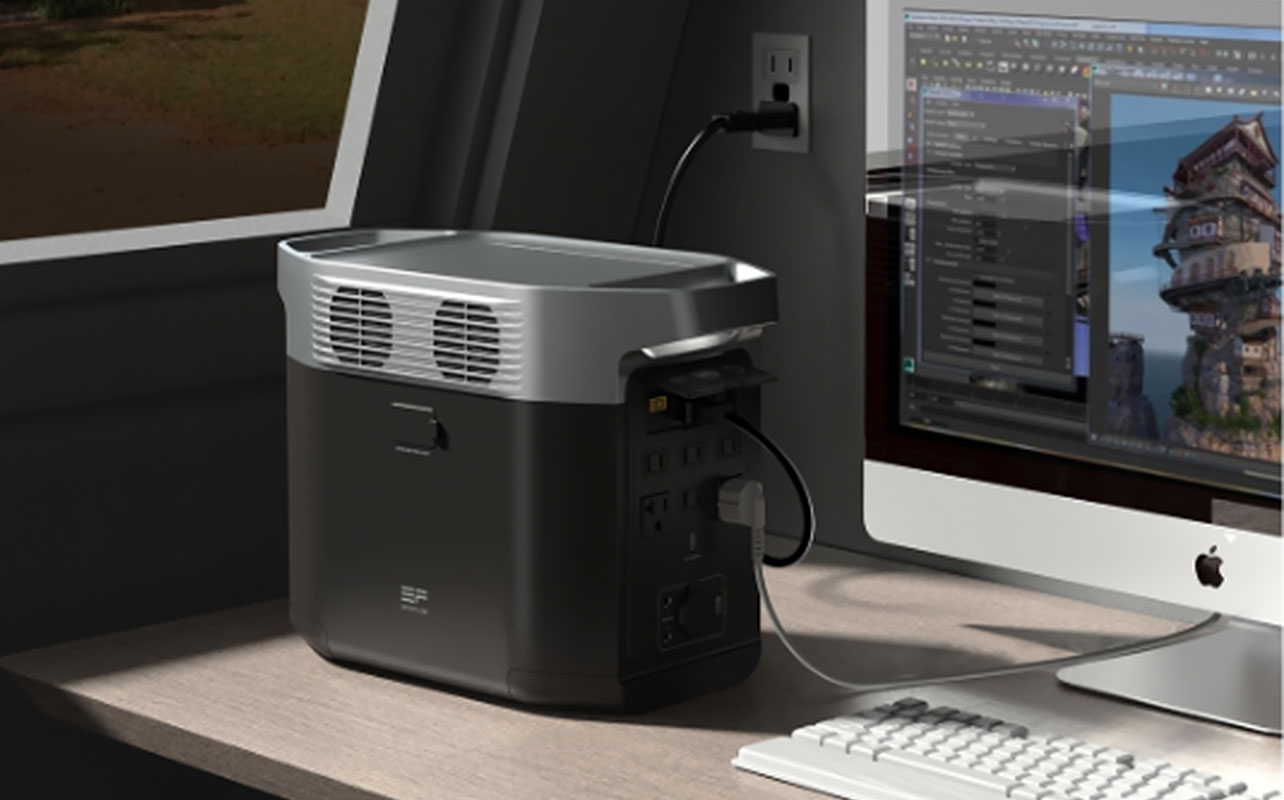
So, how much is this going to cost? The answer depends on a few key factors:
- Capacity (measured in kilowatt-hours, or kWh): The more energy you want to store, the more you’ll pay.
- Brand and technology: Premium brands with smart features cost more but offer better efficiency and longer lifespans.
- Installation and maintenance: Professional installation adds to the price, and some systems require routine upkeep.
On average, Canadians can expect to pay anywhere from $5,000 to $20,000+ for a full system, depending on their energy needs and whether it’s part of a solar-plus-storage setup or a home battery backup without solar.
Home battery backup without solar integration
You don’t need solar panels to enjoy the benefits of battery backup. A home battery backup without solar charges entirely from your regular electrical supply (the grid). When a power outage happens, the system kicks in and keeps your devices powered.
This approach is particularly useful for homeowners in areas with limited sunlight or those who aren’t ready to invest in solar. It also simplifies installation since you’re not dealing with rooftop panels or solar wiring.
While you won’t see energy generation savings, you still get peace of mind during outages. And depending on your energy provider, your system might still help manage electricity costs if paired with time-of-use billing and smart controls.
Selecting the right battery backup system for your home
Choosing the right setup isn’t a one-size-fits-all situation. Here’s how to narrow it down:
Assess your energy needs
Start by making a list of the devices and appliances you absolutely need during a power outage—fridge, sump pump, internet router, lights, maybe medical equipment. Then add up their wattage and estimate how long you want each one to run. This gives you a ballpark figure for the capacity you’ll need (measured in kilowatt-hours). Consider running an energy audit or using online calculators provided by backup battery companies.
Check compatibility
Not all homes are immediately ready for battery integration. You’ll want to evaluate whether your current electrical panel can support backup circuits, and whether your home has space and proper ventilation for the battery unit. If you’re adding a larger system, a sub-panel may be required for your essential loads. An electrician or expert installer can walk you through the specifics.
Think long-term
Even if you’re starting small, consider future needs. Do you plan to install solar panels down the road? Will your energy usage increase (e.g., EV charging or home expansion)? Choose a system that can scale with you—some let you add extra batteries or integrate new energy sources later. Also, look for warranties and manufacturer support that match your long-term goals.
Popular home battery backup system
Several battery backup brands stand out in the market. Here are three noteworthy options available at Best Buy Canada:
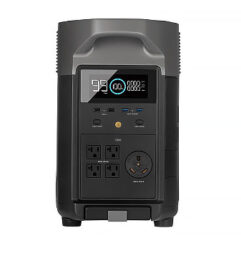
EcoFlow DELTA Pro
The EcoFlow DELTA Pro is a versatile and powerful portable power station, offering a 3,600W output and expandable capacity. Its portable design makes it suitable for both home and recreational use, providing flexibility and peace of mind during power outages.
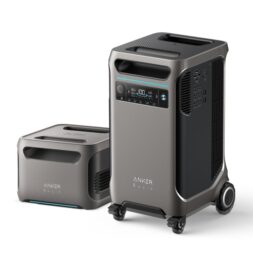
Anker SOLIX F3800
This Anker Solix F3800 offers a massive 7,680Wh capacity and 6,000W output. Featuring a long-lasting LFP (LiFePO4) battery and expandable design, it’s ideal for home backup and prolonged power outages.
Installation and maintenance considerations
Setting up a battery backup for your home is well within reach—larger systems just require a few extra steps and careful planning to get it right.
Professional installation
A certified electrician or installer ensures your system is safely integrated with your home’s electrical panel. They’ll also help you navigate permits, especially in cities with strict electrical codes.
DIY options
Some smaller systems, especially portable ones like the EcoFlow, are designed for plug-and-play. You can plug them into essential devices without modifying your home’s wiring.
Maintenance
Most modern lithium-ion systems are low-maintenance. Still, regular checks—like ensuring proper ventilation, software updates, and inspecting for damage—can extend lifespan and performance.
Explore your battery backup options
There’s a battery backup system that fits your lifestyle and budget. Remember, every home is different, so take time to assess your specific needs. Think about your household’s energy use, the kind of outages you experience, and your long-term plans—whether you might add solar or charge an EV in the future. Then compare available systems, talk to experts in your area, and choose the one that gives you reliable backup when it matters most.
Don’t let power outages catch you off-guard. Discover the perfect home battery backup solution at Best Buy Canada.
This article was drafted using AI technology and then reviewed, fact-checked, and revised by a member of our editorial team.





